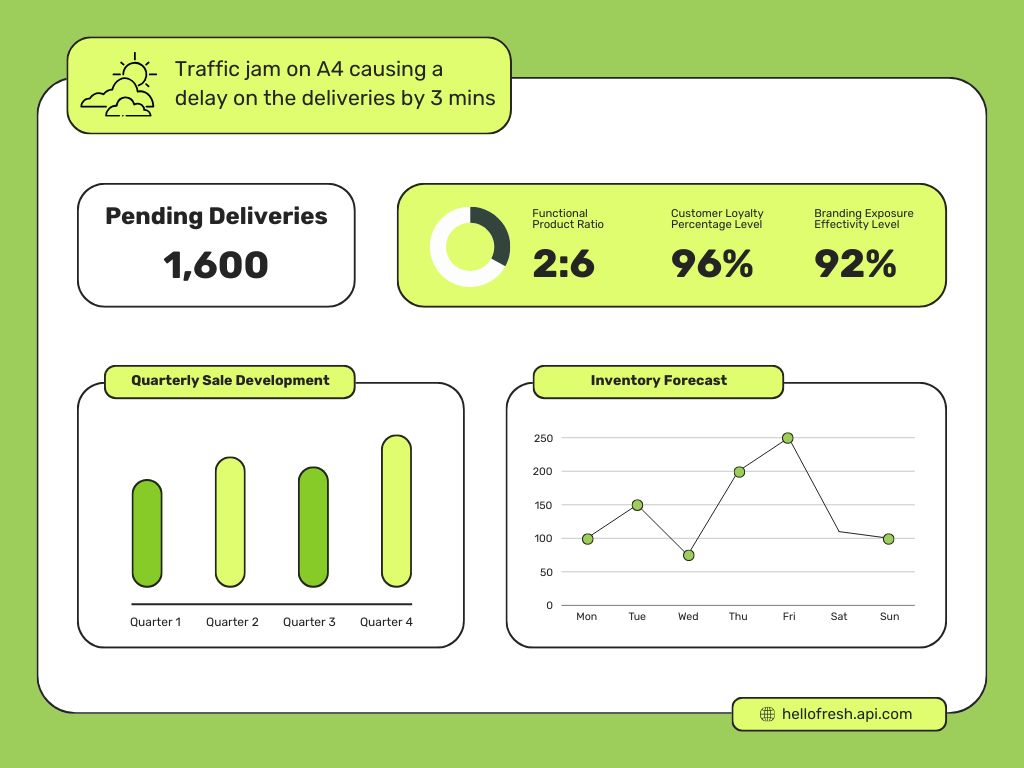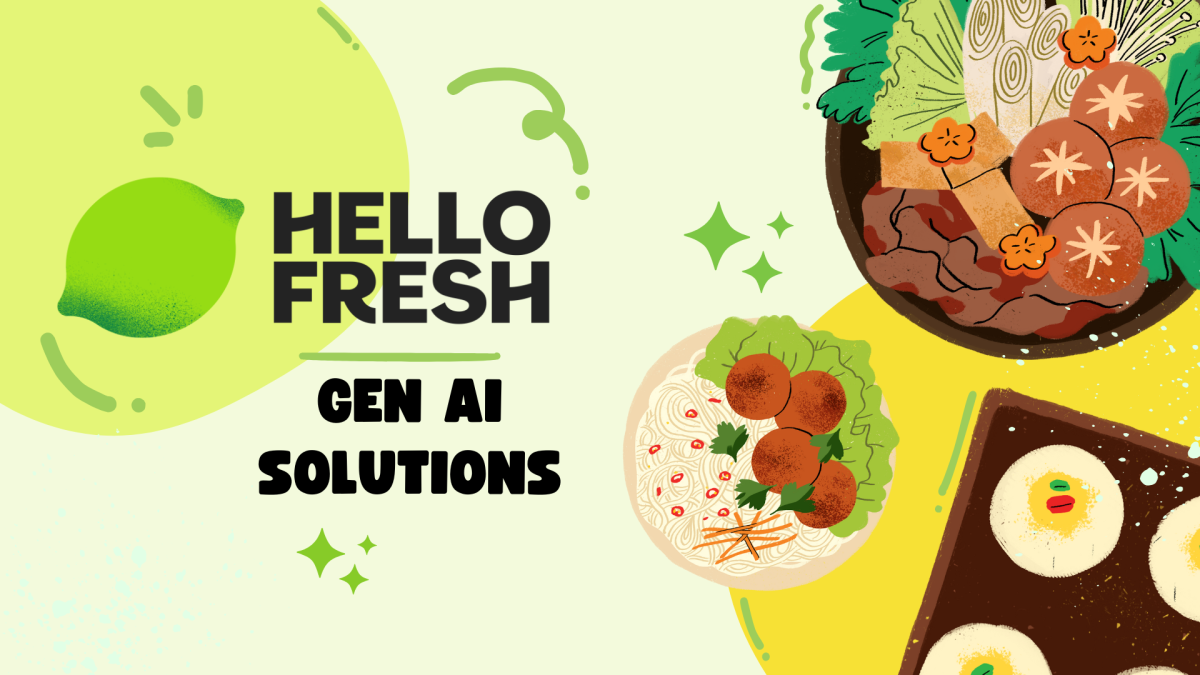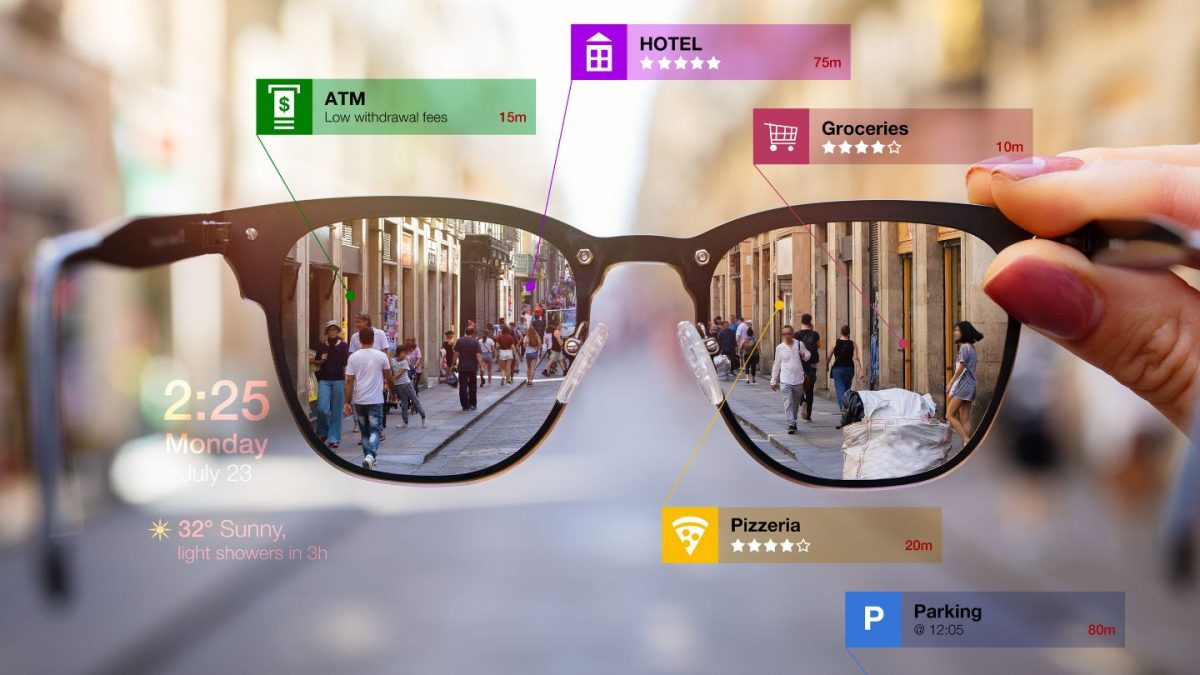The food industry is one of the most competitive sectors today, especially in the Netherlands, where competition is fierce for incumbents. Using Porter’s Five Forces model, we identified that the forces of buyer power, supplier power, threat of new entrants, threat of substitutes, and competitive rivalry are all significantly high in the Dutch food market. With new players entering the scene and evolving customer preferences, it’s clear that digital transformation is no longer optional for companies like HelloFresh. To stay competitive and relevant, HelloFresh needs to embrace cutting-edge solutions like Generative AI (GenAI), which can help optimize both customer engagement and operational efficiency.
The GenAI-Powered Chatbot: A Virtual Assistant for Every Customer
Our first solution focuses on enhancing HelloFresh’s customer experience with a GenAI-powered chatbot. This chatbot acts as a virtual assistant, guiding users in selecting meals that align with their preferences and nutritional needs. To visualize the solution, we used Java to develop a prototype chatbot that interacts with customers, helping them choose from a variety of meal options based on their specific requirements.
On the backend, we’ve created a food recommendation system that takes into account both the user’s dietary preferences and health goals. For example, a user with dietary restrictions like diabetes can input their health condition, and the system will generate suitable meal suggestions. If a user tries to select a meal that isn’t aligned with their health—like a high-carb dish—the system doesn’t block their choice but issues a warning, showing them relevant medical metrics, such as potential blood sugar spikes. This approach empowers users to make informed decisions while maintaining control over their meal selection. The video below will visualize the interaction between a user and GenAI chatbot.
Automating the Supply Chain: Efficiency at Every Step
Our second solution focuses on automating HelloFresh’s supply chain management. In the meal kit delivery market, efficient supply chains are essential. Factors such as weather, traffic, and demand fluctuations can significantly impact operations. Therefore, we propose a real-time inventory tracking system powered by GenAI and the dashboard of the system is illustrated in the picture below.

This system will track inventory levels, manage deliveries, and forecast demand based on external factors like weather patterns, special events, and traffic conditions. For instance, on a sunny day, the demand for certain fresh ingredients may increase, while traffic jams can slow down deliveries. By integrating real-time data, HelloFresh can better anticipate and respond to these challenges, reducing the risk of overstocking or stock shortages.
Additionally, the GenAI system will generate reports and automate tasks such as contract generation with suppliers, freeing up employees to focus on more strategic activities. This automation not only reduces workload but also minimizes errors and inefficiencies, creating a more streamlined supply chain.
A Vision for the Future
Due to time constraints, we couldn’t fully develop these solutions, but the conceptual framework demonstrates their potential. By combining a GenAI-powered chatbot with an automated supply chain system, HelloFresh can improve both customer satisfaction and operational efficiency. These solutions will enable HelloFresh to navigate the highly competitive food industry while keeping customers engaged and operations running smoothly.
The future of the food industry is digital, and companies that embrace AI-driven solutions will be better equipped to thrive. By focusing on personalization through the chatbot and operational excellence through supply chain automation, HelloFresh can lead the charge in this transformation, ensuring it remains a leader in the ever-changing food delivery market.
Team 14
Authors:
Thy Cao
Kaloyana Donkova
Kaprisha Rajput
Bosse de Vries







